49 Lost In April 21, 1958 Accident
Involving DC-7, Air Force Jet
by ANN Managing Editor Rob Finfrock
As Robert Darmody boarded a United Airlines DC-7 on the
morning of April 21, 1958, I imagine his thoughts were on
leaving his family behind in California, as he left to set up their
new home in Omaha, NE.
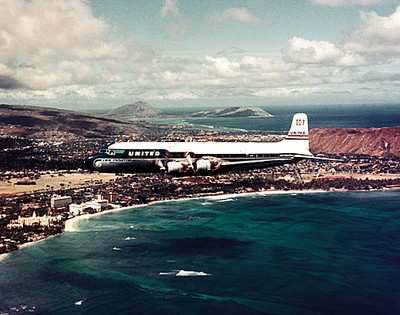
A veteran of WWII who after the war worked for 10
years with the Strategic Air Command -- most recently in
the Ballistic Missile Division -- Darmody had spent the past year
in Los Angeles on special assignment with civilian contractor
Ramo-Wooldridge. Along with his nine-year-old daughter,
Kathy, and his wife Mary... who was pregnant with the
couple's second child... Darmody already had his orders in
hand to move back to Omaha later that year.
Alas, Darmody -- my maternal grandfather -- and the 46 other
people onboard United 736 never made it to their destinations that
April morning. At 8:30 am local time, less than an hour after the
airliner took off from LAX, an F-100F Super Sabre trainer flying
out of Nellis Air Force Base near Las Vegas, NV descended into the
path of the passenger plane at 21,000 feet. The jet sheared off a
12-foot section of the DC-7's right wing... and both planes
spiraled towards the desert floor, about nine miles south of what
is now McCarran International Airport.
 The crash also claimed
the lives of the US Air Force instructor and the student
onboard the F-100F. It remains the worst-ever aircraft accident
in Vegas history, reports The Las Vegas Review-Journal.
The crash also claimed
the lives of the US Air Force instructor and the student
onboard the F-100F. It remains the worst-ever aircraft accident
in Vegas history, reports The Las Vegas Review-Journal.
According to court documents, the student pilot was under the
hood in the moments leading up to the collision, practicing a
spiraling instrument descent to land at Nellis. The F-100F was
traveling at nearly 500 mph; there's some question whether the
pilots of either aircraft ever saw each other, though Air Force
investigators said the F-100 appeared to veer away from the
airliner moments before impact.
United 736 was on an instrument flight plan, and in contact with
air traffic controllers at the time of the accident. The airliner
was flying along the Victor 8 airway, a common route for airliners
heading east from the Los Angeles basin that also crossed a
heavily-used departure and approach corridor to Nellis.
Though unthinkable today, in those times military
pilots were neither required, nor inclined, to communicate with
commercial air traffic controllers, despite their often close
proximity to slower-moving commercial planes. In the days after the
accident, two other commercial pilots came forward with accusations
US Air Force planes often "stunted" near their aircraft along
Victor 8.
It was the very dawn of the Jet Age. Everyone was still
learning.
"They Were Looking For Papers"
There's more than a little Cold War-intrigue surrounding the
crash of United 736. Mark Paris has worked on a book about the
mishap for several years. He lost his father, Steve, in the crash;
like my grandfather, Steve Paris was returning to Omaha,
home to Strategic Air Command Headquarters at Offutt
Air Force Base.
Paris told the Review-Journal his father was one
of the 13 men onboard the flight who were associated
with the Ballistic Missile Division, tasked with
developing "the most top secret project in the country at the
time.
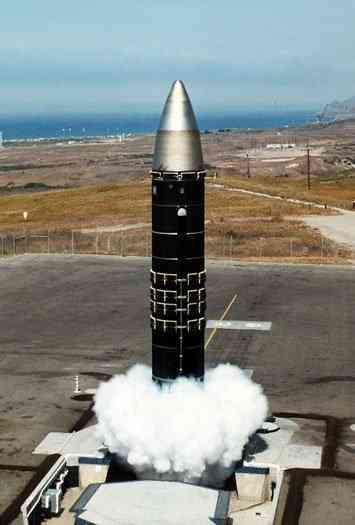
"This hurt America in a real nasty way that people didn't hear
about," Mark Paris told the Las Vegas paper. "This put the
ICBM system on its ear for a while.
The accident resulted in top-level changes in Air Force travel
procedures, as well. "That's the last time sensitive information
and that many personnel with (knowledge of) sensitive information
ever flew on the same airplane," Paris said.
Immediately after the accident, FBI agents secured the area
where wreckage from the DC-7 had landed. "They were not looking for
survivors," says Faith Paris, Steve's widow. "They were looking for
papers."
"Something Needs To Be Done"
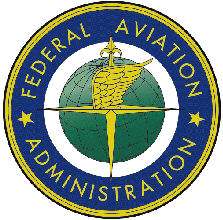 The downing of
United 736 carried repercussions for commercial air travel, as
well. Later that year, as a direct result of the Las
Vegas disaster -- as well as other midair accidents, including
the infamous June 1956 collision of a United DC-6 and
TWA Super Constellation over the Grand Canyon --
President Eisenhower signed the Federal Aviation Act, ordering the
formation of the Federal Aviation Agency (later Administration)
through consolidation of the Civil Aeronautics Administration, and
Civil Aeronautics Board.
The downing of
United 736 carried repercussions for commercial air travel, as
well. Later that year, as a direct result of the Las
Vegas disaster -- as well as other midair accidents, including
the infamous June 1956 collision of a United DC-6 and
TWA Super Constellation over the Grand Canyon --
President Eisenhower signed the Federal Aviation Act, ordering the
formation of the Federal Aviation Agency (later Administration)
through consolidation of the Civil Aeronautics Administration, and
Civil Aeronautics Board.
The order specifically cited United 736 in calling for the
creation of the agency. The Act also demanded better guidelines
governing commercial and military use of airspace, and much
improved communications procedures.
Today, an exhibit inside the McCarran terminal building
commemorates the accident. Several families of those lost in the
collision have also pushed to have a marker placed at the site
wreckage from the DC-7 landed... an area slated to become part of a
housing tract for the upcoming Southern Highlands development.
"There needs to be something erected out there. Something needs
to be done," says local historian Doug Scroggins, who has pushed
for such a memorial for the past 10 years.
"We Were Treated Very Special"
My mother, Kathy, recalls touring SAC headquarters, along
with my grandmother, nine months after the accident that claimed
her father. In a January 1959 release about their visit, the Air
Force notes "Mrs. Darmody... was escorted through the SAC Command
Post which her husband had originally helped organize."
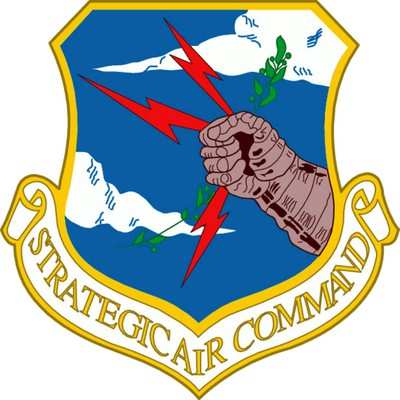
"We were treated very special," Kathy Finfrock,
nee Darmody, told me recently. "They showed me the
big computers. Some of the younger officers showed me around. We
played tic-tac-toe on the computers.
"If it would have been under any other circumstances, it would
have been a lot of fun for me. I was still amazed and excited about
going to the underground," she adds. "[SAC] was such a big deal
around Omaha and the nation... It was a very solemn occasion, but
they made sure we had a good time."
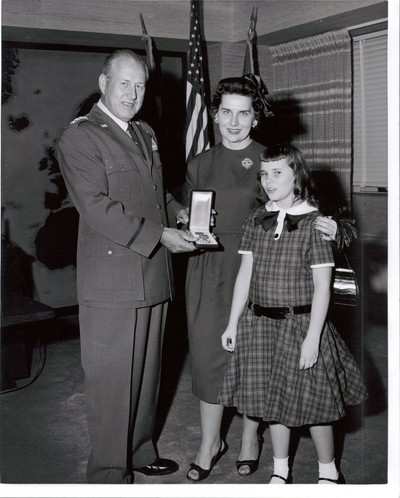
During a special ceremony that day, SAC Commander-in-Chief
General Thomas S. Power presented my grandmother with the
Legion of Merit, posthumously awarded to Robert Darmody
(above).
I've written before about my
grandfather. For a man I never had the honor of
meeting, his influence weighs upon me... from a shared love of
flight, to an eye for model-making.
I even look like him... well, kind of. My mother, Kathy --
nine years old when she lost her dad -- has said before she sees a
lot of her father in me. I do know I've "felt" his hand on my
shoulder a number of times, in both good times and bad.

There's one significant difference between Robert Darmody
(above) and his grandson, though, one I proudly acknowledge: my
grandfather was an unquestionably brilliant man.
I so wish I could have known him.
 A Crazy Tesla Flying Car is Coming
A Crazy Tesla Flying Car is Coming ANN's Daily Aero-Term (11.xx.25): NonApproach Control Tower
ANN's Daily Aero-Term (11.xx.25): NonApproach Control Tower Aero-News: Quote of the Day (11.01.25)
Aero-News: Quote of the Day (11.01.25) ANN's Daily Aero-Linx (11.01.25)
ANN's Daily Aero-Linx (11.01.25) Classic Aero-TV: EAA Introduces Angle of Attack Training
Classic Aero-TV: EAA Introduces Angle of Attack Training









